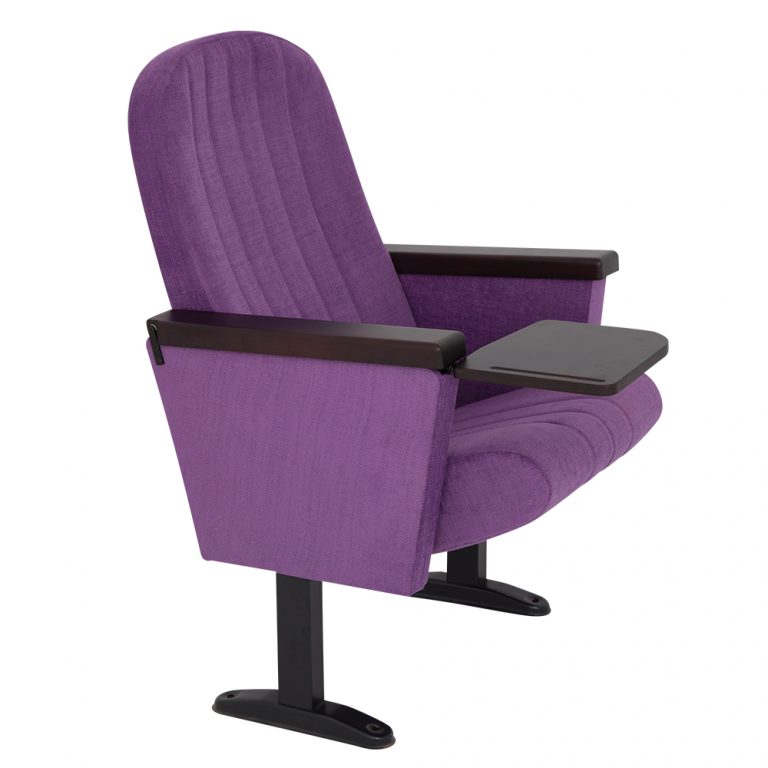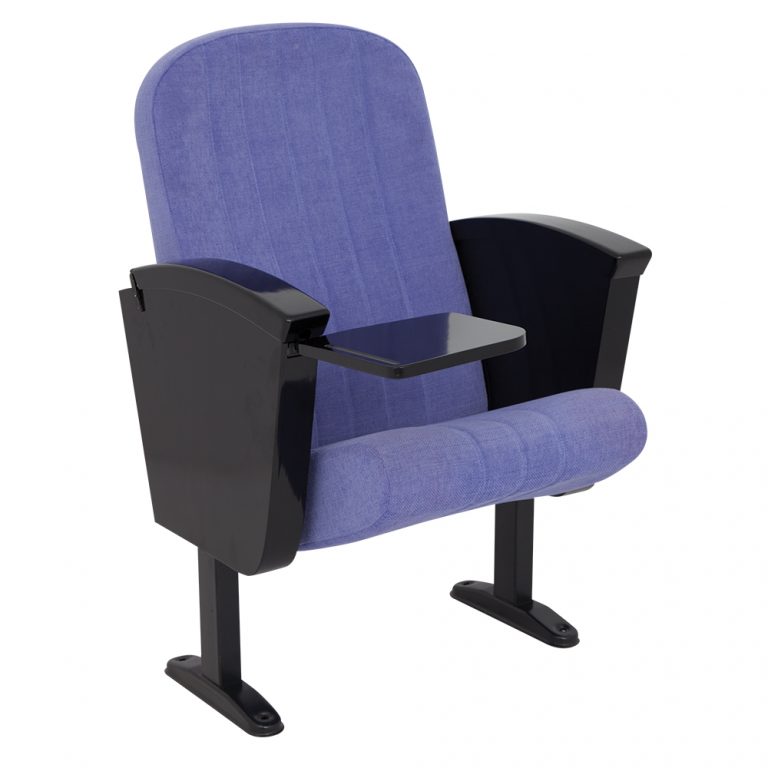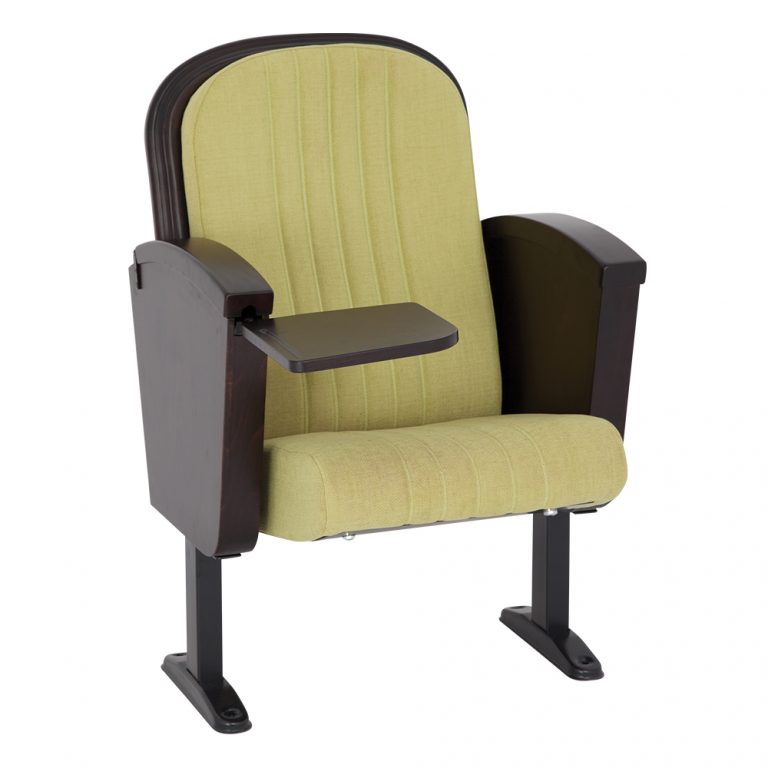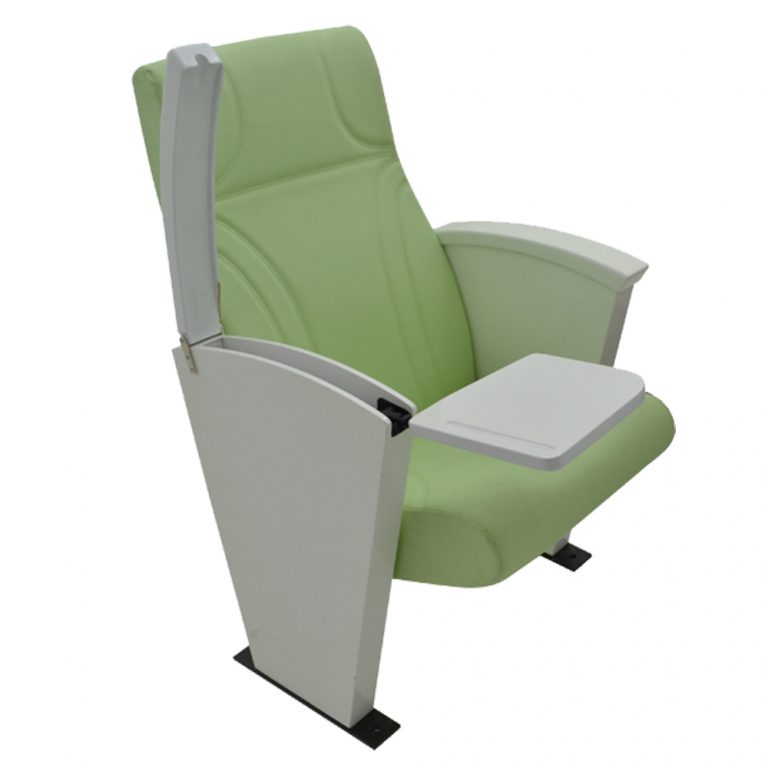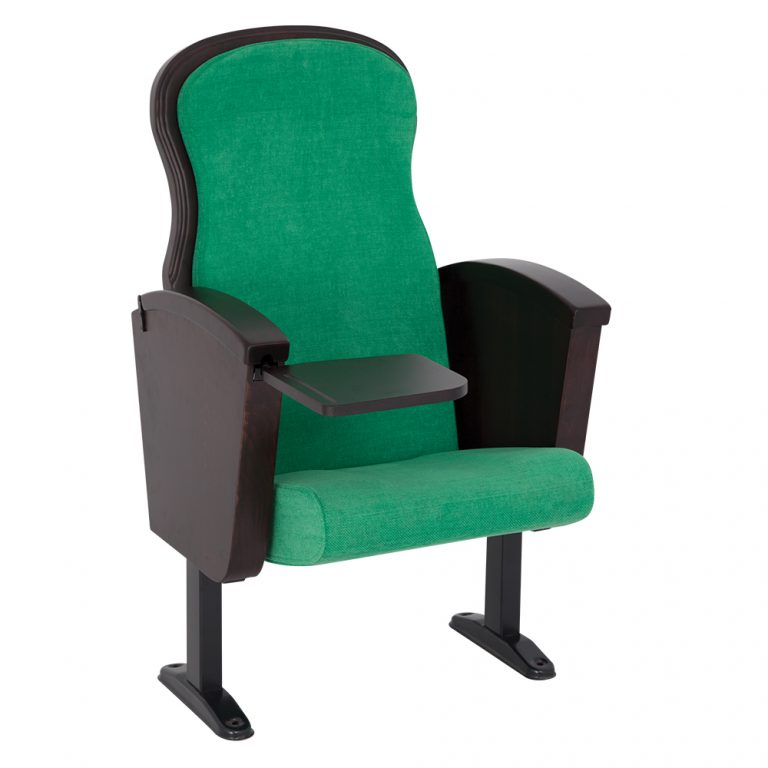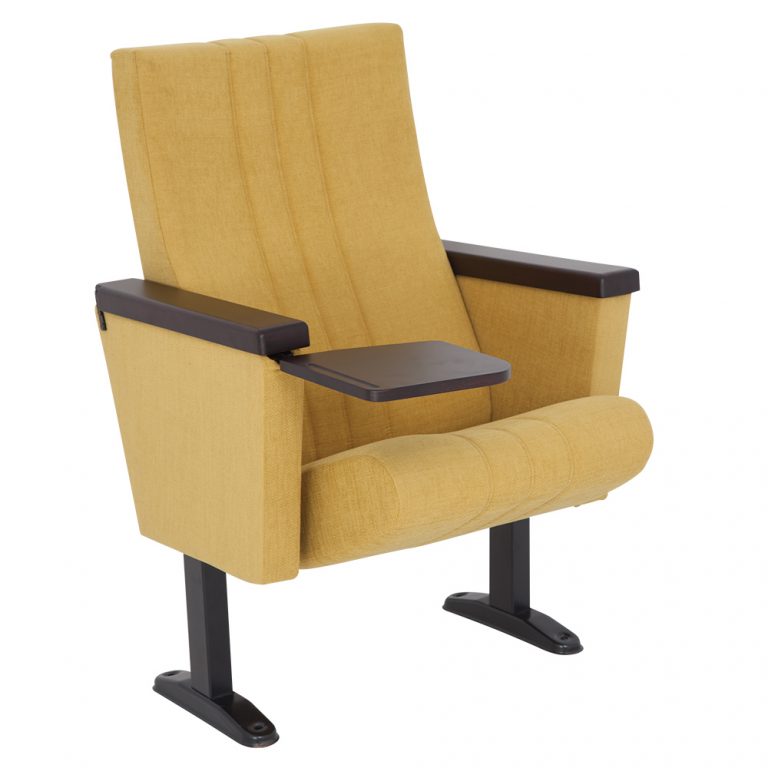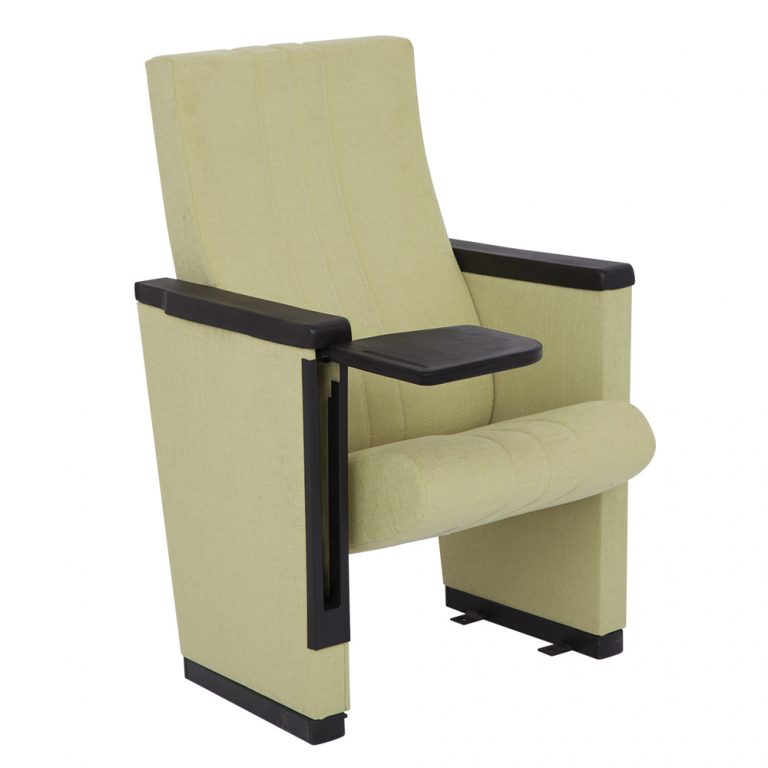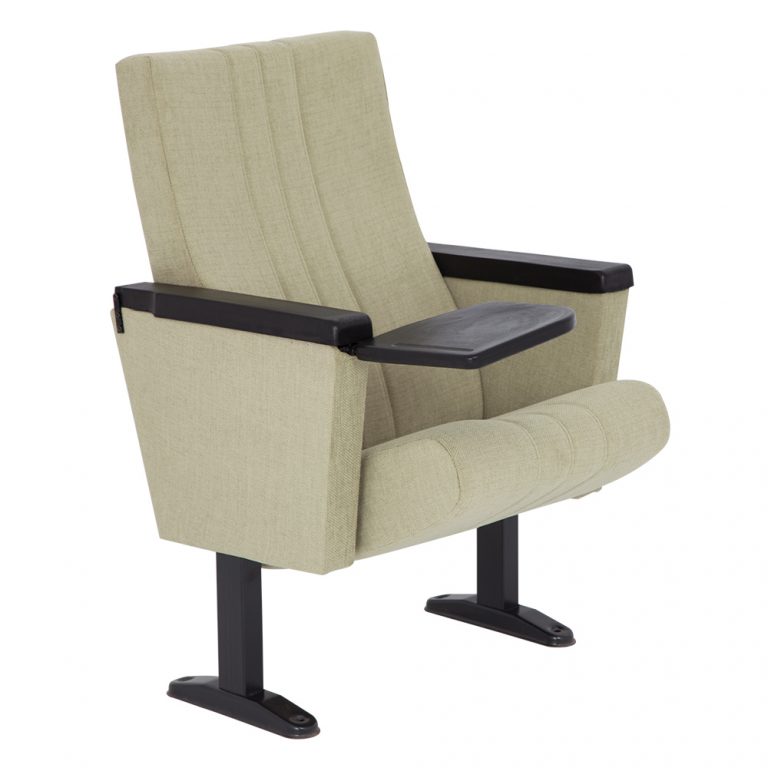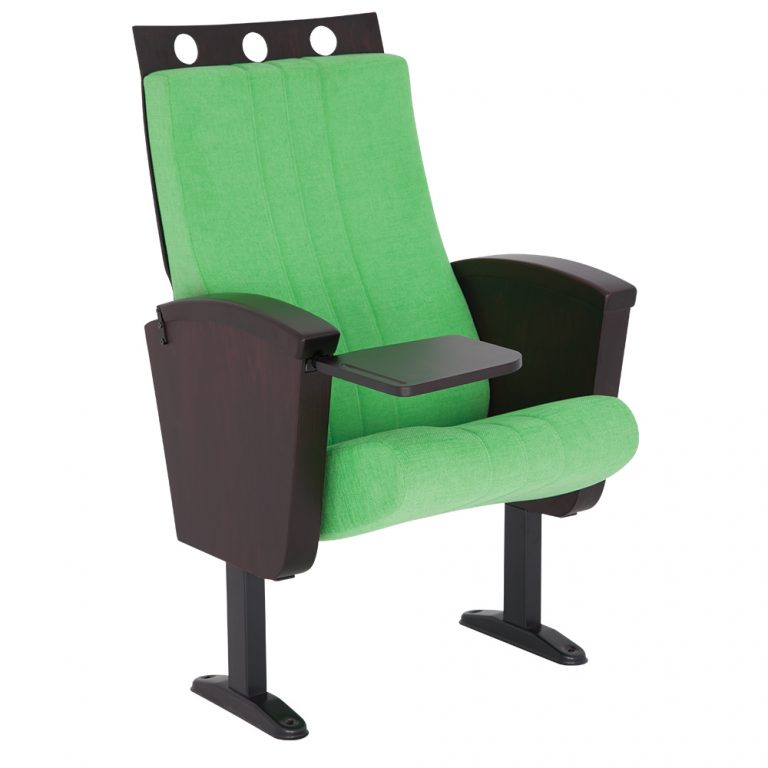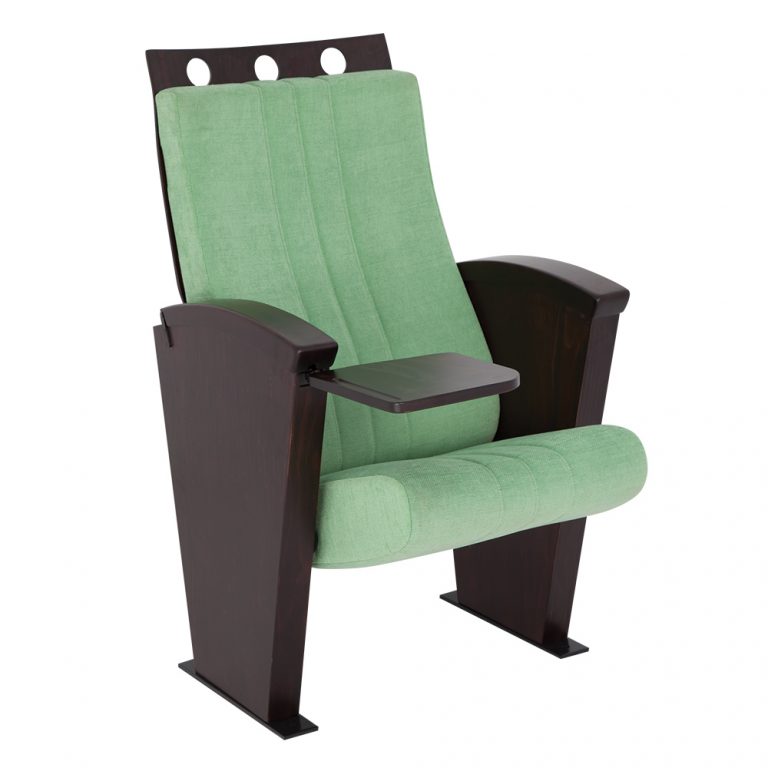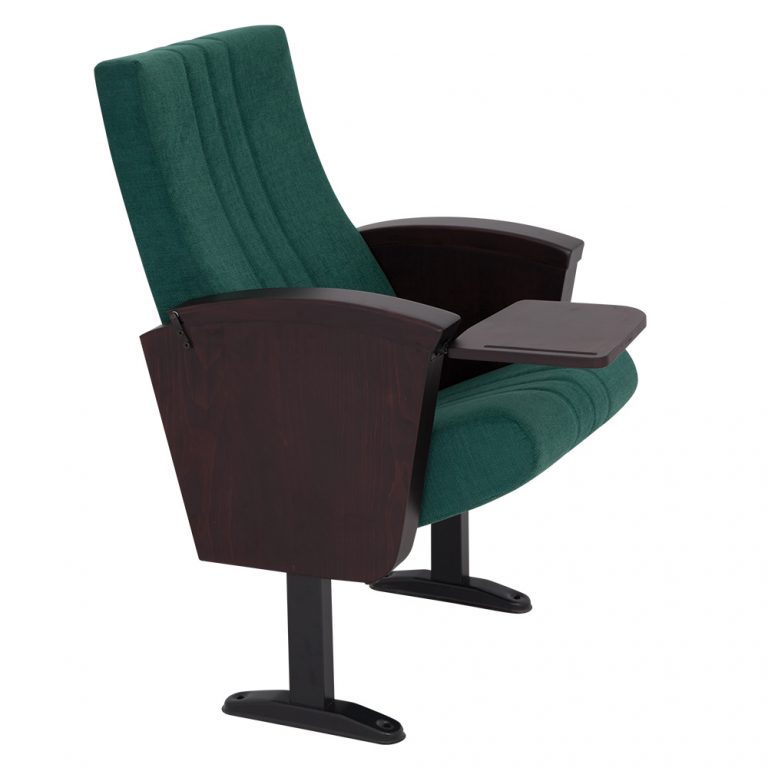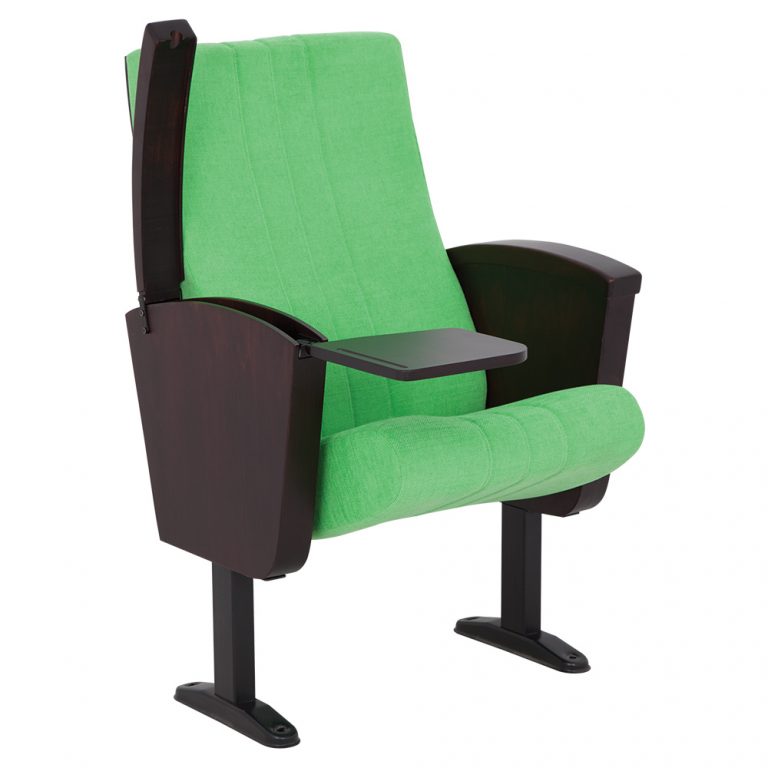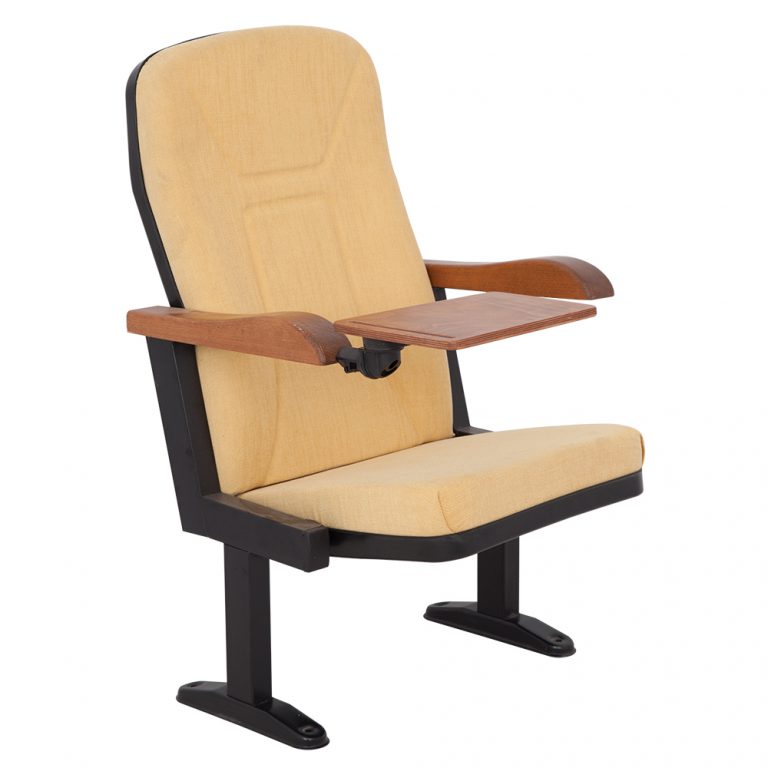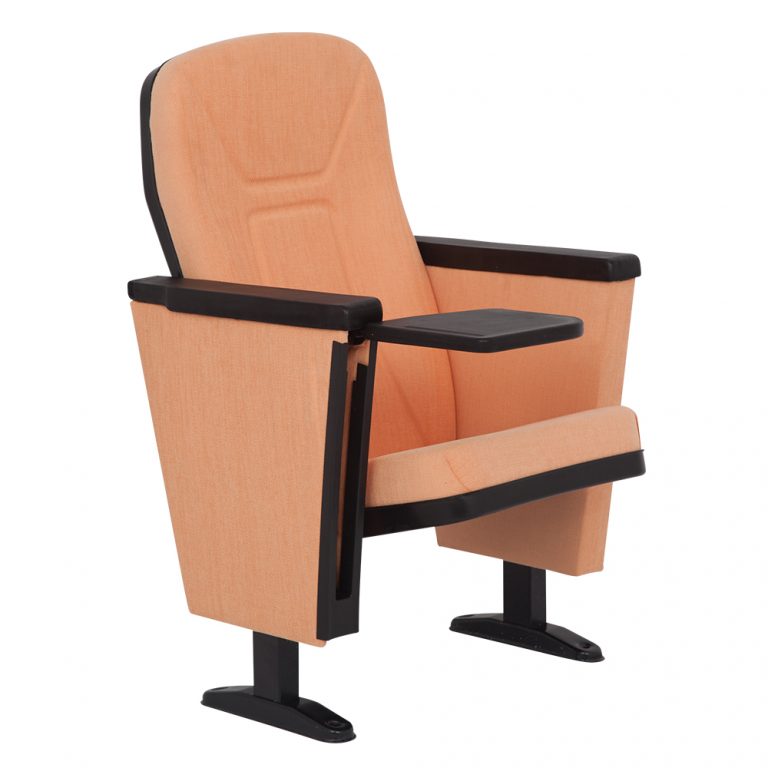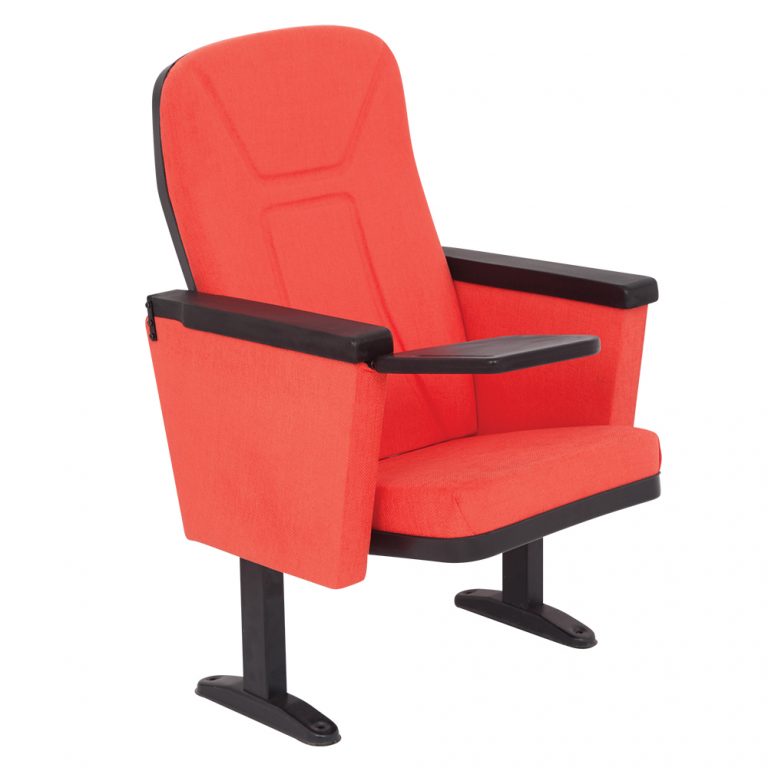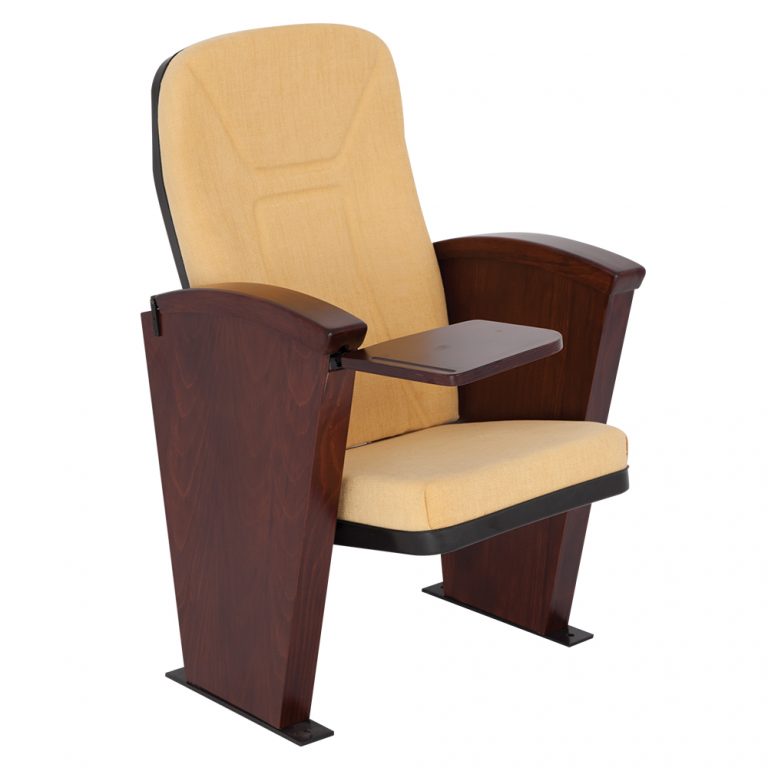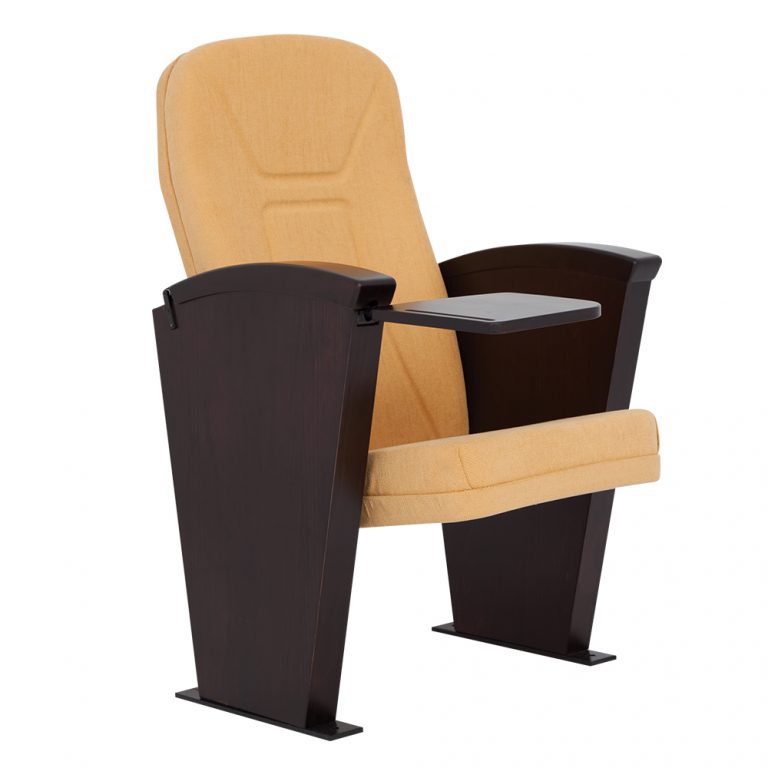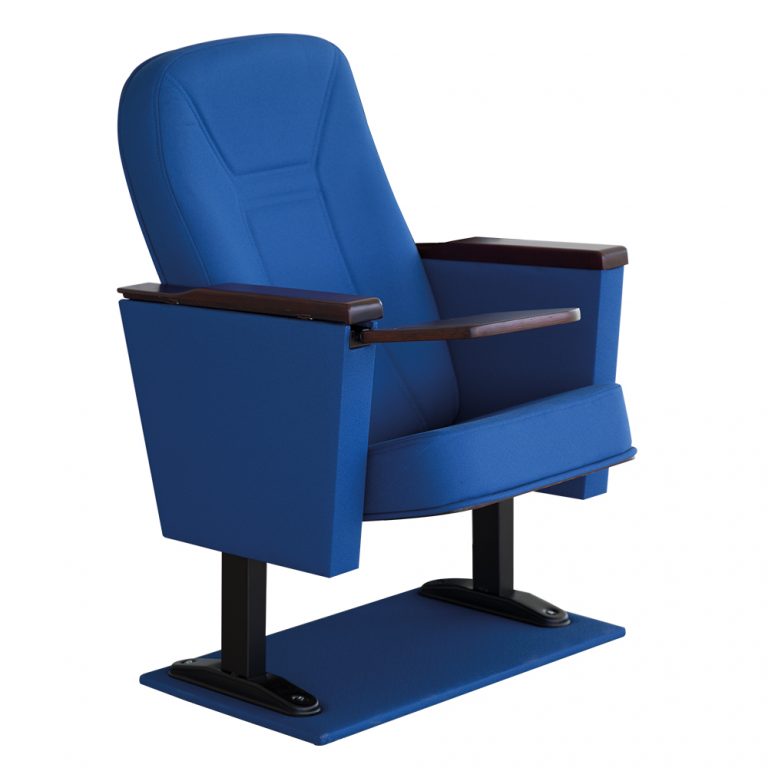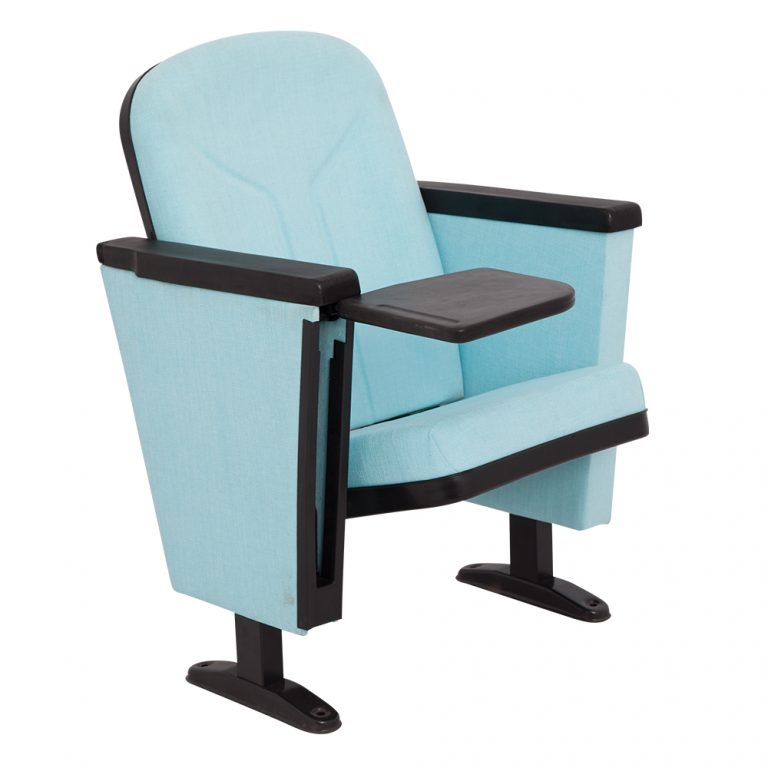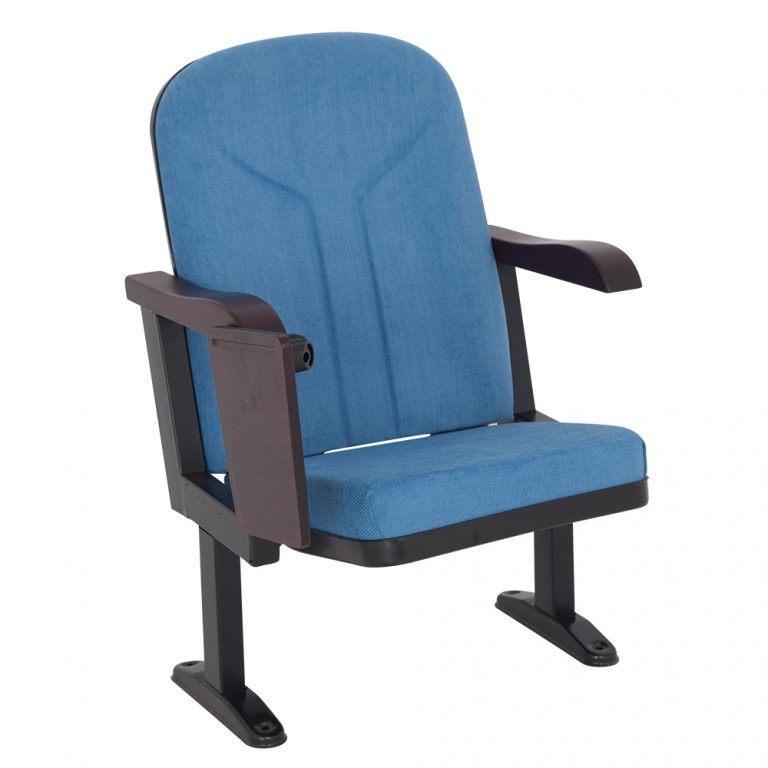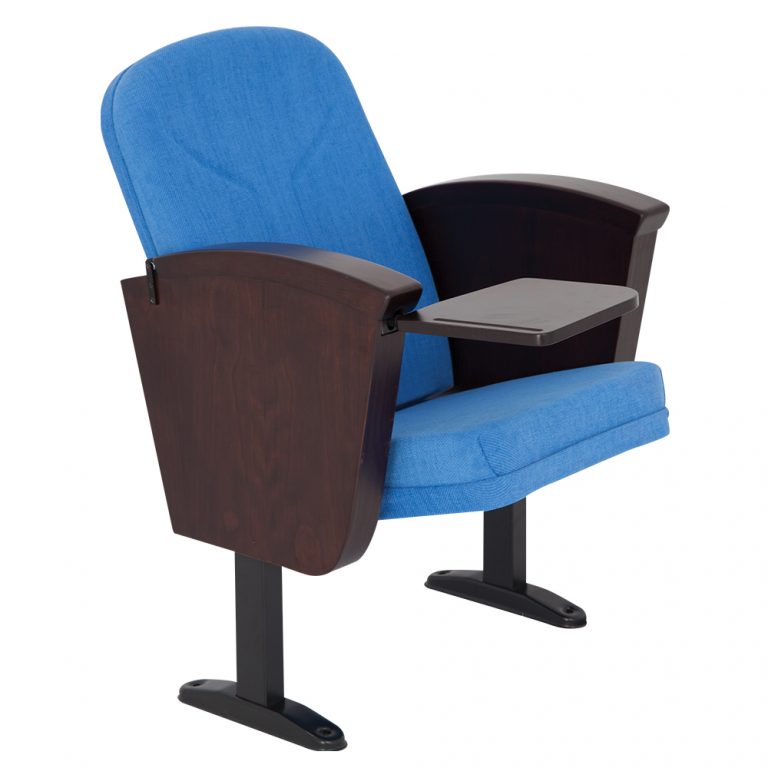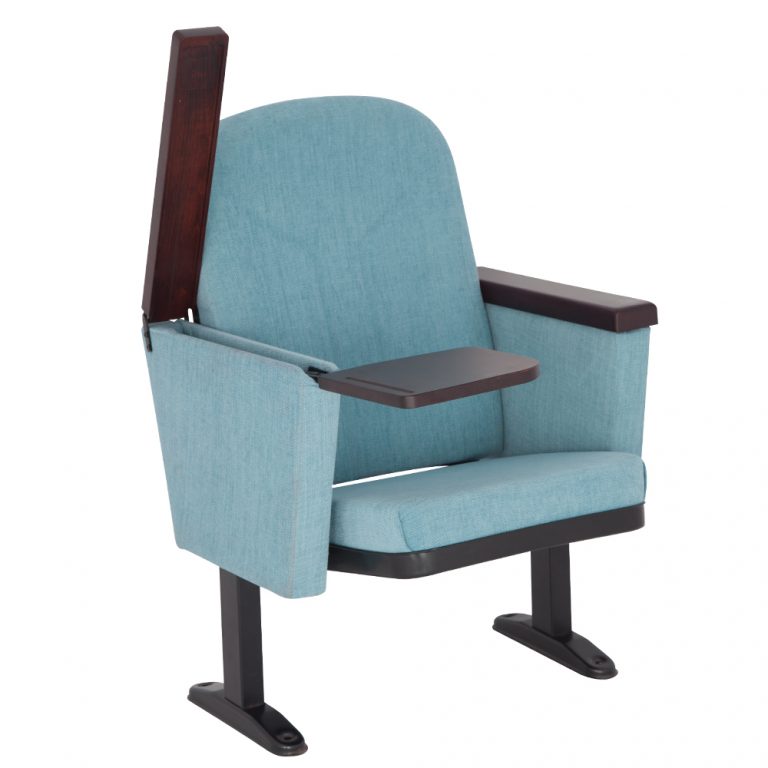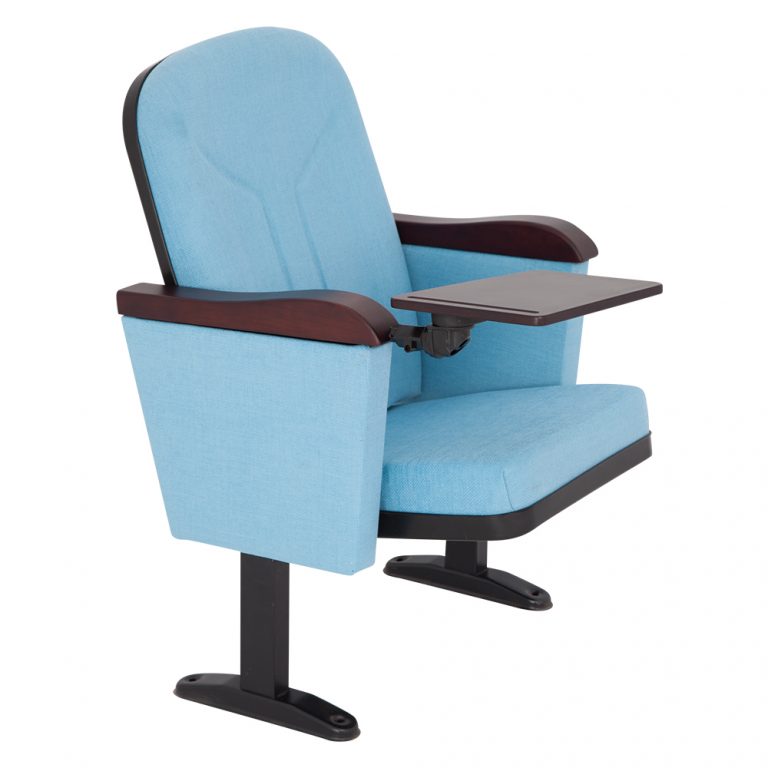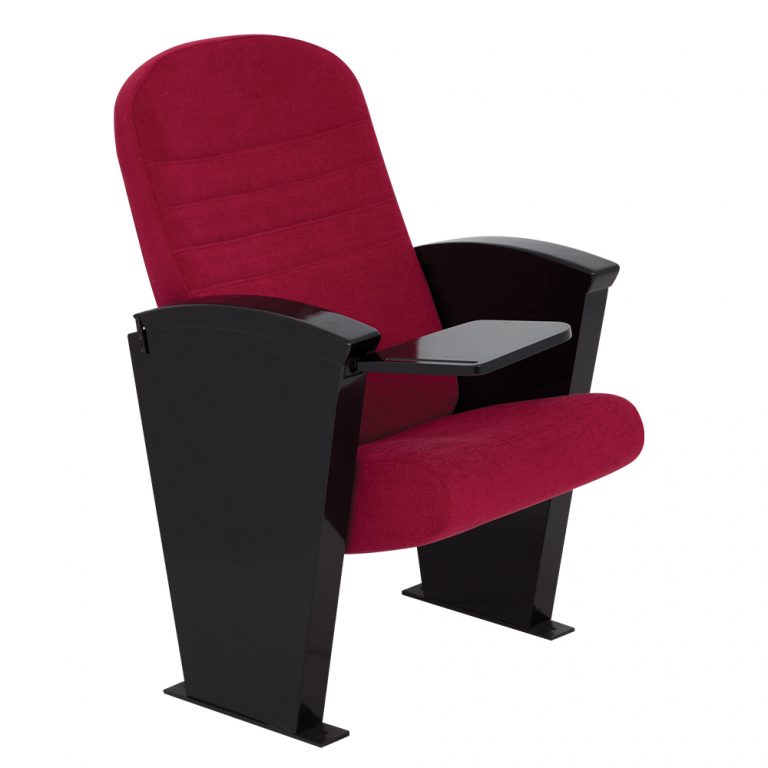Modern Lecture Hall Seating
Lecture hall seating is an important aspect of any educational institution. It affects the comfort, engagement, and learning outcomes of the students and teachers. Modern lecture hall seating is designed to meet the needs and preferences of today’s learners, who are more diverse, tech-savvy, and collaborative than ever before.
What is modern lecture hall seating?
Modern lecture hall seating is a term that refers to the furniture and layout of a lecture hall that supports the modern learning environment. Modern lecture hall seating is not just about chairs and desks, but also about the space, the technology, and the flexibility of the setting. Modern lecture hall seats aims to create a comfortable, accessible, and interactive space that fosters active learning, communication, and creativity.
Some features of modern lecture hall seating are:
- Ergonomic and adjustable chairs: Modern lecture hall chairs are designed to provide optimal support and comfort for the users, regardless of their size, shape, or posture. They are also adjustable, so that users can customize their seating position according to their preferences and needs. Ergonomic and adjustable chairs can reduce fatigue, improve concentration, and enhance well-being.
- Mobile and modular furniture: Modern lecture hall furniture is not fixed or rigid, but mobile and modular. This means that the furniture can be easily moved, rearranged, or reconfigured to suit different purposes, activities, and group sizes. Mobile and modular furniture can increase the flexibility, adaptability, and functionality of the lecture hall, allowing for more variety, creativity, and collaboration in the learning process.
- Integrated and interactive technology: Modern lecture hall technology is not separate or isolated, but integrated and interactive. This means that the technology is embedded in the furniture, the walls, the floor, or the ceiling, and that it can communicate with other devices, such as laptops, tablets, or smartphones. Integrated and interactive technology can enhance the connectivity, accessibility, and engagement of the lecture hall, enabling more multimedia, feedback, and participation in the learning content.
As leading lecture hall seats & amphitheater chairs manufacturer Seatment, we offer best seating solutions for your projects. You can reach us for more details and prices.
Lecture Hall Chairs Models
LET’S GET IN TOUCH
Modern lecture hall chairs
Modern lecture hall chairs are one of the key elements of modern lecture hall seating. They are the main contact point between the users and the lecture hall, and they can have a significant impact on the user experience. Modern lecture hall chairs are not just ordinary chairs, but smart and innovative chairs that offer a range of benefits and features.
Some benefits and features of modern lecture hall chairs are:
- Durability and sustainability: Modern lecture hall chairs are made of high-quality and eco-friendly materials, such as metal, wood, plastic, or fabric. They are also designed to withstand frequent and intensive use, as well as wear and tear, without compromising their performance or appearance. Durability and sustainability can ensure the longevity, reliability, and environmental friendliness of the lecture hall chairs.
- Style and aesthetics: Modern lecture hall chairs are not only functional, but also stylish and aesthetic. They come in various shapes, sizes, colors, and patterns, to suit different tastes, themes, and atmospheres. They can also be customized or personalized, to reflect the identity, culture, or brand of the institution. Style and aesthetics can enhance the attractiveness, appeal, and uniqueness of the lecture hall chairs.
- Storage and convenience: Modern lecture hall chairs are not only comfortable, but also convenient. They have built-in or attached features, such as cup holders, armrests, power outlets, USB ports, or writing surfaces, to provide extra comfort and convenience for the users. They also have storage spaces, such as drawers, shelves, or compartments, to store or organize personal or educational items, such as books, notebooks, pens, or laptops. Storage and convenience can improve the functionality, practicality, and organization of the lecture hall chairs.
Lecture Hall Seats Vs School Seats
Lecture hall seats and school seats are two types of seats that are commonly used in educational settings. They have some similarities and differences, depending on their purpose, design, and function. Lecture hall seats are seats that are used in large and formal spaces, such as auditoriums, theaters, or conference rooms, where lectures, presentations, or performances are delivered. School seats are seats that are used in small and informal spaces, such as classrooms, labs, or studios, where lessons, experiments, or projects are conducted.
Some similarities and differences between lecture hall seats and school seats are:
- Similarities: Both lecture hall seats and school seats are designed to provide comfort, support, and alignment for the users, who are mainly students and teachers. They are also designed to facilitate learning, communication, and interaction, by providing features such as sound, lighting, or ventilation systems, or by allowing for different seating arrangements, such as rows, circles, or clusters.
- Differences: Lecture hall seats are usually more fixed, uniform, and spacious than school seats, as they are meant to accommodate large numbers of people, who are mostly passive and attentive listeners. School seats are usually more flexible, diverse, and compact than lecture hall seats, as they are meant to accommodate small groups of people, who are mostly active and participative learners. Lecture hall seats are also more focused on the front, where the speaker or performer is located, while school seats are more focused on the center, where the teacher or facilitator is located.


